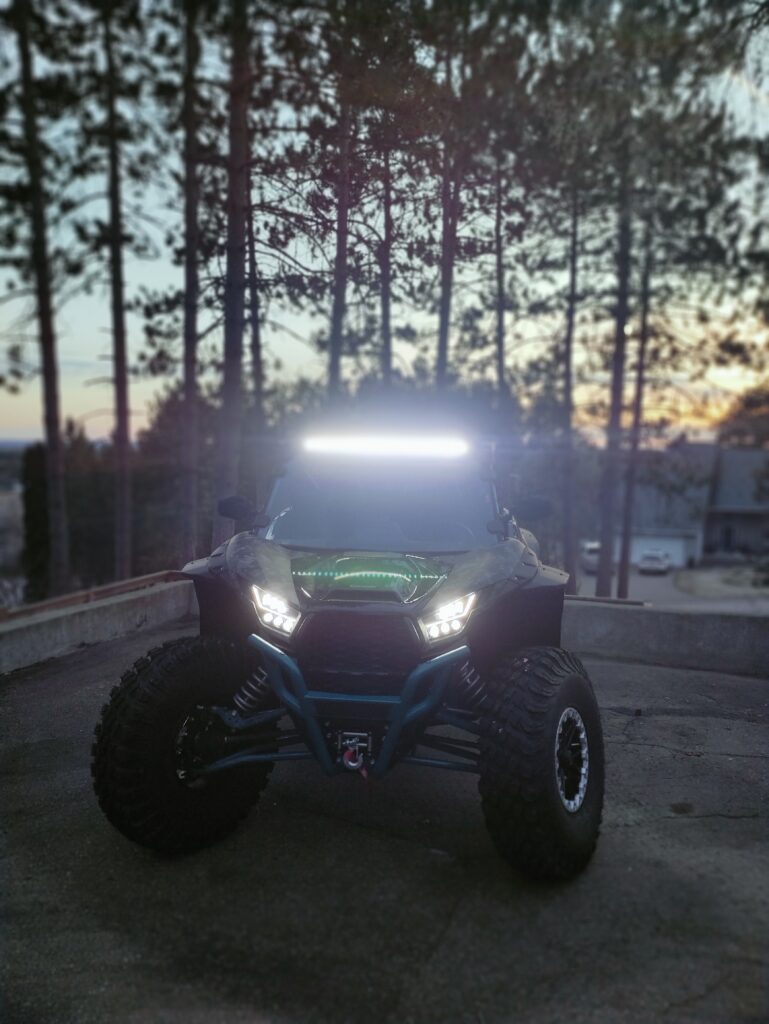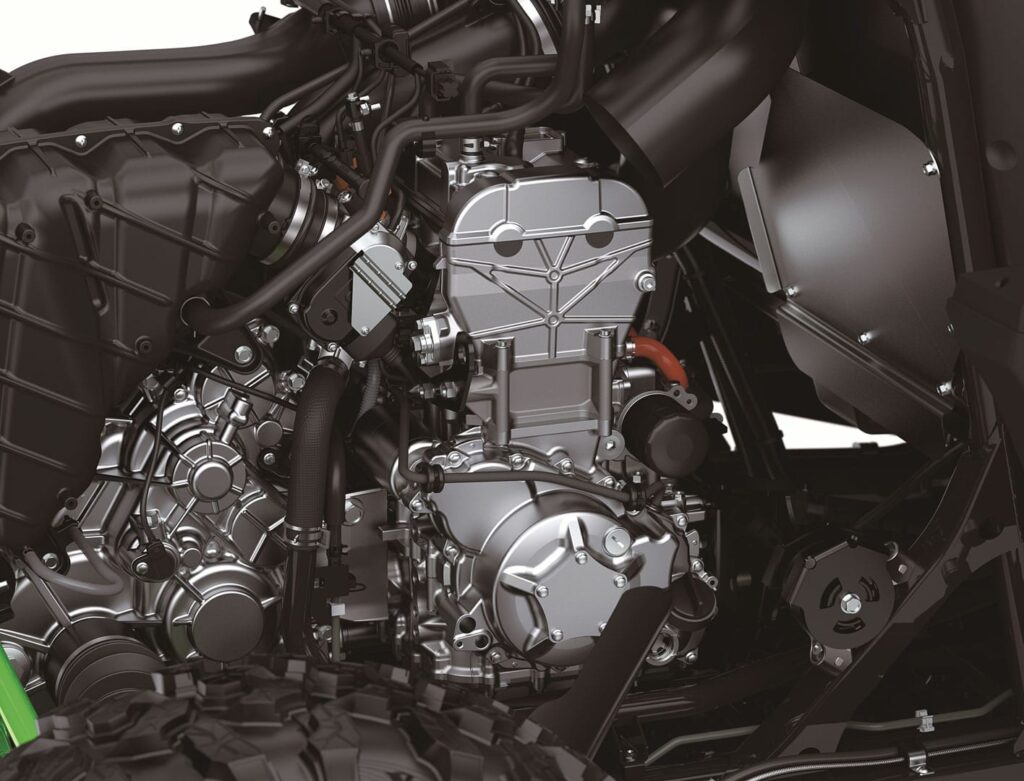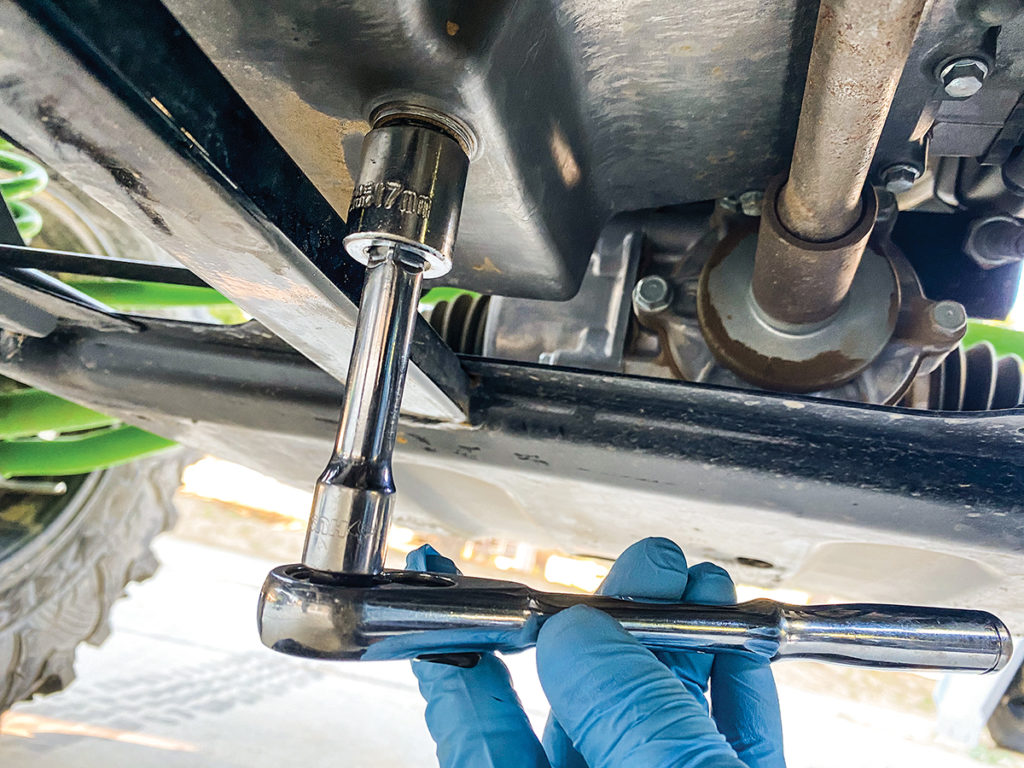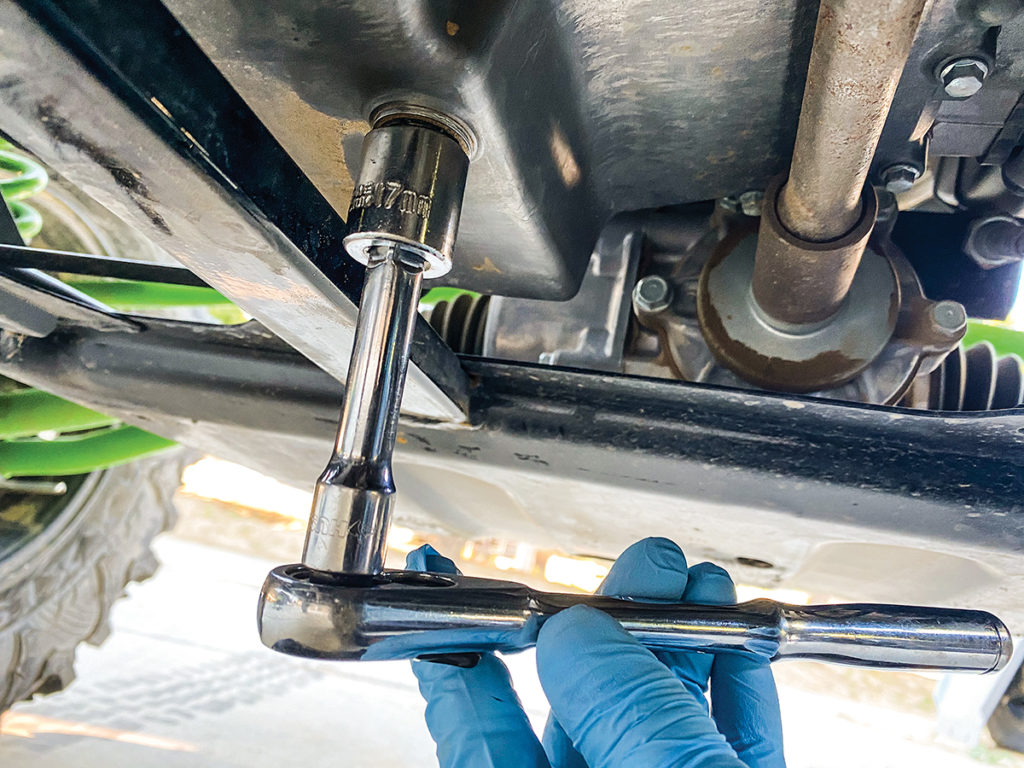Kawasaki KRX 1000: A Comprehensive Guide to Fluids, Capacity, and Maintenance
The Kawasaki KRX 1000 is a beast of a machine, built to conquer the toughest off-road terrain. To keep your KRX 1000 running at its peak performance and ensure its longevity, regular maintenance is crucial. This comprehensive guide will walk you through everything you need to know about the fluids, capacities, and maintenance schedule for your Kawasaki KRX 1000. Whether you’re a seasoned off-road enthusiast or a new KRX 1000 owner, this guide will provide you with the essential information to keep your machine in top shape.

Fluid Capacities: The Lifeblood of Your KRX 1000
Proper fluid levels are essential for the health of your KRX 1000. Here’s a breakdown of the key fluid capacities you need to be aware of:
| Component | Capacity |
| Engine Oil | 3.3 US qts (with filter change) |
| Transmission | 1.4 US qts |
| Front Differential | 0.85 US qts |
Engine Oil: The engine oil capacity is 3.3 US quarts when you also change the oil filter. It’s important to check the oil level using the clear window on the engine. The oil level should be in the middle of this window for optimal performance.
Transmission: The transmission requires 1.4 US quarts of fluid. The fill cap has a flat spot below the threads, and the fluid level should be at this mark.
Front Differential: The front differential has a capacity of 0.85 US quarts. Similar to the transmission, the fluid level should be at the flat spot below the threads of the fill cap.

Fluid Types: Choosing the Right Stuff
Using the correct fluid types is just as important as maintaining the right levels. Here are the recommended fluid types for your KRX 1000:
Engine Oil: The recommended engine oil is 10w40. However, you can also use 5w40 or 15w40 depending on the weather conditions. For cold weather, 5w40 is a good option, while 15w40 is suitable for summer weather. The KRX 1000 engine has flat tappets, which require oil with high levels of Zinc and phosphorous (ZDDP). Shell Rotella T6 is a popular choice for its high ZDDP content. Amsoil also offers a great UTV/ATV oil with high ZDDP.
Differential and Transmission: Both the front differential and transmission use 80w90 gear oil with a GL5 additive.

Maintenance Schedule: Staying on Top of Your Game
Regular maintenance is key to keeping your KRX 1000 in prime condition. Here is a simplified maintenance schedule to follow:
| Operation | First Service (20h or 120 miles) | Regular Maintenance |
| Engine Oil Change | Yes | Every 100h or 1,200 miles |
| Oil Filter Replacement | Yes | Every year |
| Front Final Gear Case & Transmission Oil Change | Yes | Every year |
| Radiator Clean | After 50h, then every 100h | |
| Coolant Change | Every 100h or 2 years | |
| CVT Belt Inspection | Every 100h | |
| Brake Inspection | After 50h, then every 600 miles | |
| Brake Fluid Change | Every 2 years |
This schedule is a general guideline. If you ride in harsh conditions like mud, sand, or water, you may need to perform maintenance more frequently.

Break-In Service: The First and Most Important Maintenance
The break-in service is the first and most important service for your new KRX 1000. This service should be performed after the first 20 hours of operation or 120 miles. During the break-in period, it’s important to take it easy on your machine. Avoid full throttle and high RPMs. The break-in service includes changing the engine oil and filter, as well as the front and rear differential fluids. It’s normal to see small metal shavings in the fluids during this first service. This is a sign that the engine and other components are breaking in properly.
Here are some key tips for the break-in service:
•Always loosen the fill plugs before the drain plugs. This will ensure that you can refill the components after draining the old fluid.
•The oil filter can be extremely tight from the factory. You may need a good oil filter wrench to remove it.
•Use an OEM Kawasaki oil filter if your vehicle is under warranty.
•The job can be messy. Be prepared with rags and a drain pan to catch the old fluids.

Common Issues and Maintenance Tips
Even with regular maintenance, you may encounter some common issues with your KRX 1000. Here are a few things to look out for:
•Front Spindle Recall: Some 2020 models were recalled for front spindle issues. Check with Kawasaki Customer Service to see if your vehicle is affected.
•Engine Problems: Some owners have reported engine problems. Installing a fuel vent valve is a recommended preventative measure.
•Excessive Oil in Airbox: If you notice excessive oil in your airbox, it could be a sign of a problem. Keep an eye on the clear vent tube on the oil window side of the engine.
•CVT Belt Life: The life of the CVT belt can vary depending on your riding style and conditions. Some owners have reported needing to replace the belt at around 900 miles. Regular inspection is key to preventing a belt failure on the trail.
By following this comprehensive guide, you can keep your Kawasaki KRX 1000 in top condition and enjoy countless hours of off-road adventures. Remember to always consult your owner’s manual for specific recommendations and procedures.

